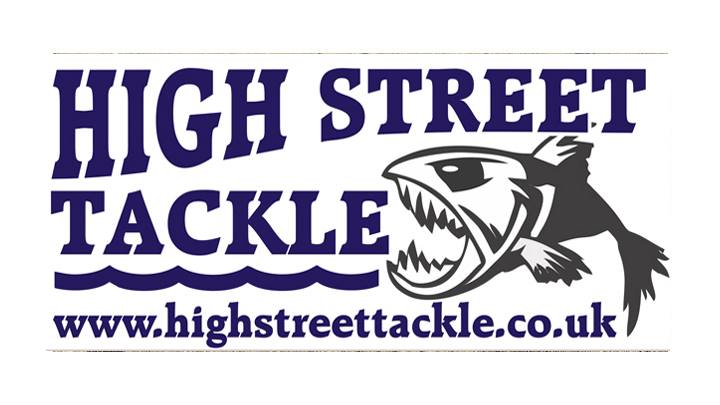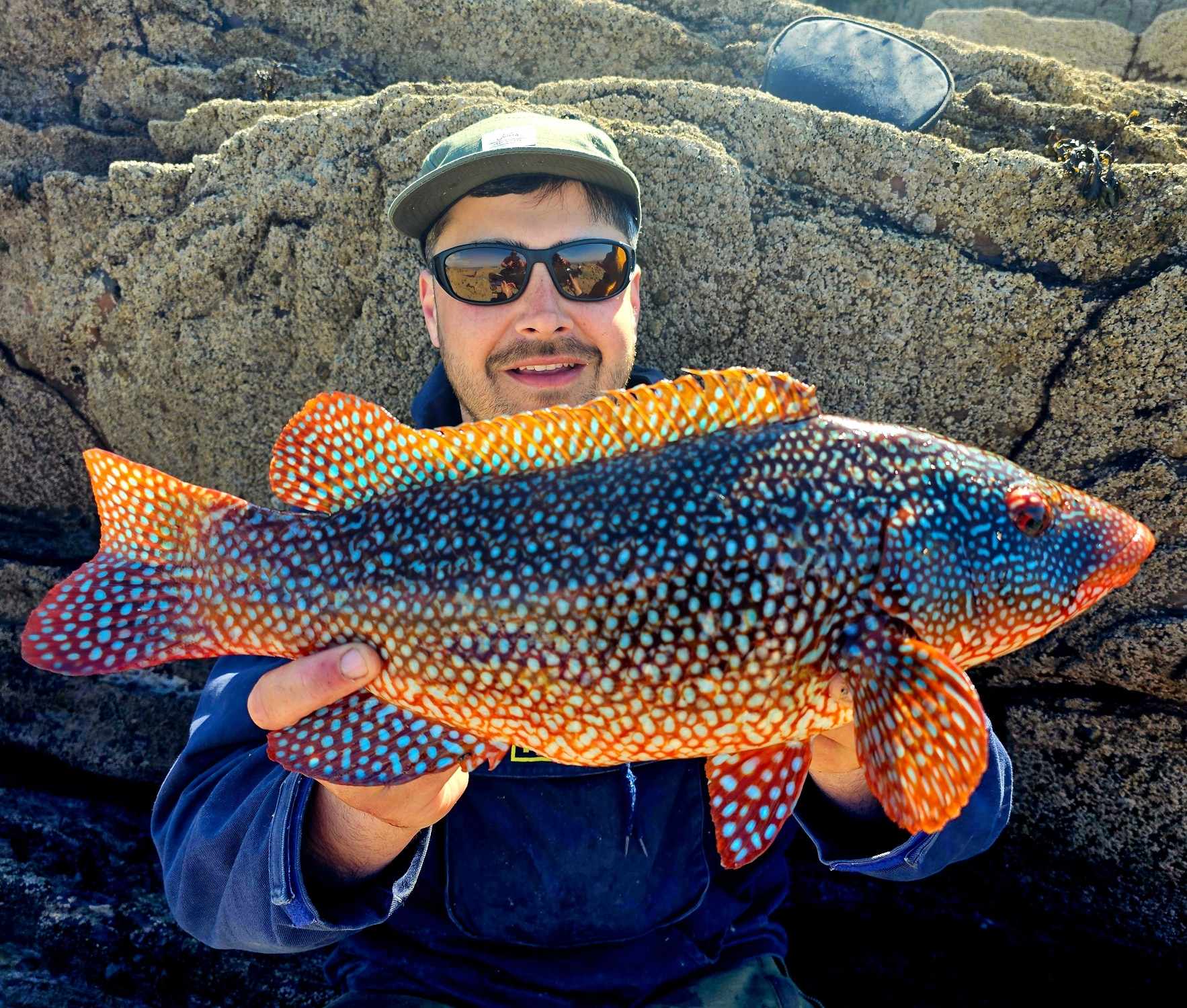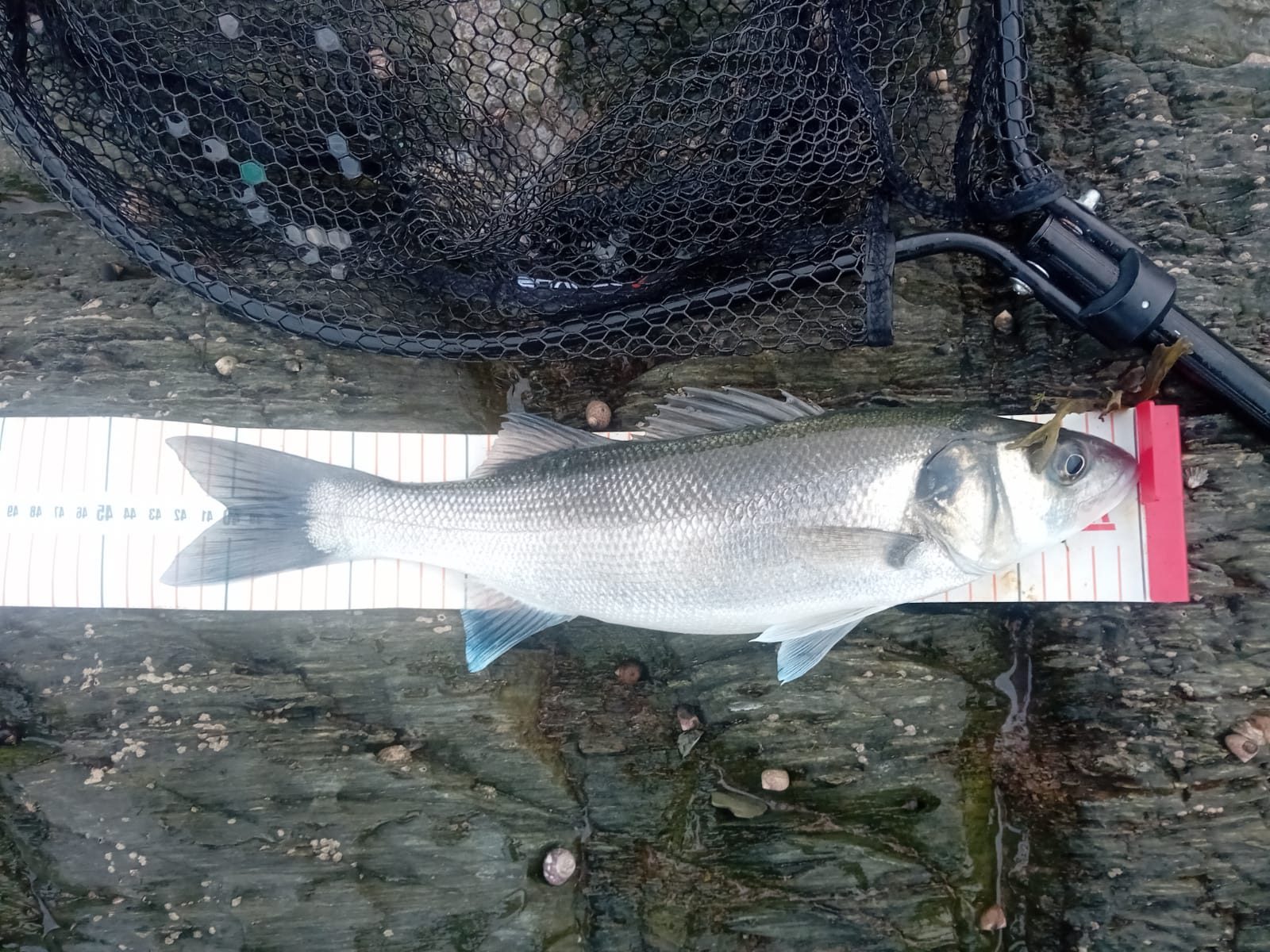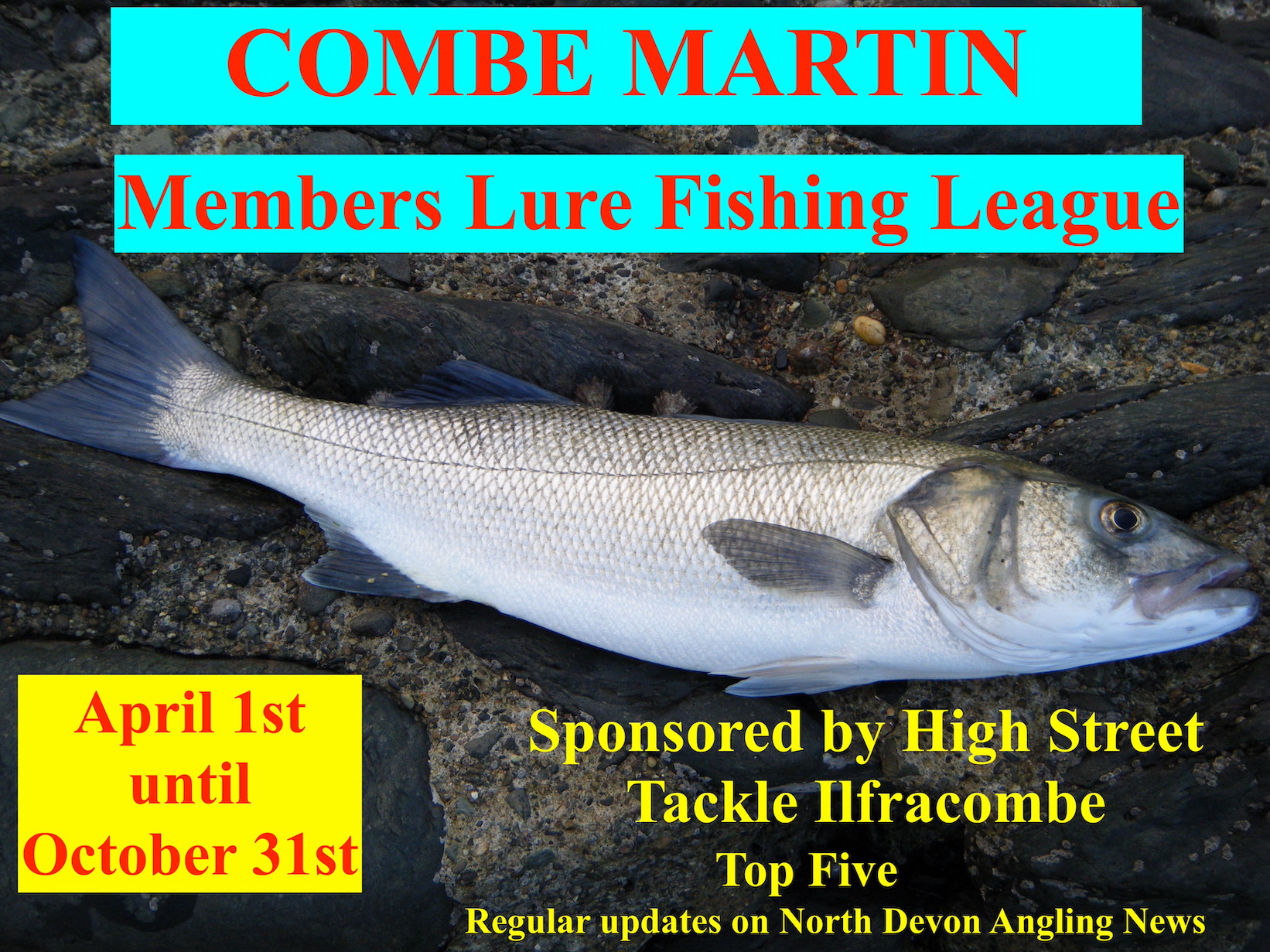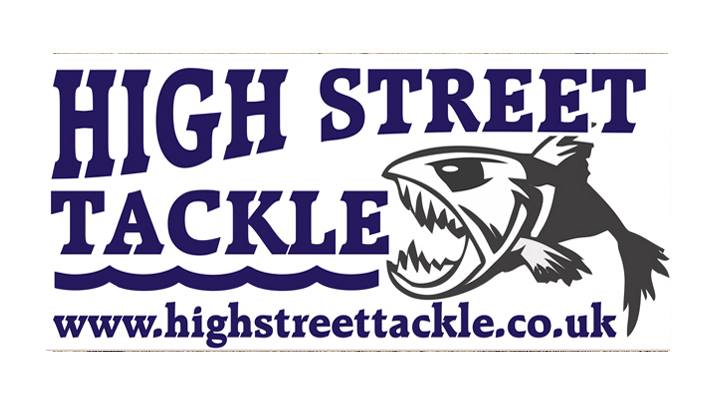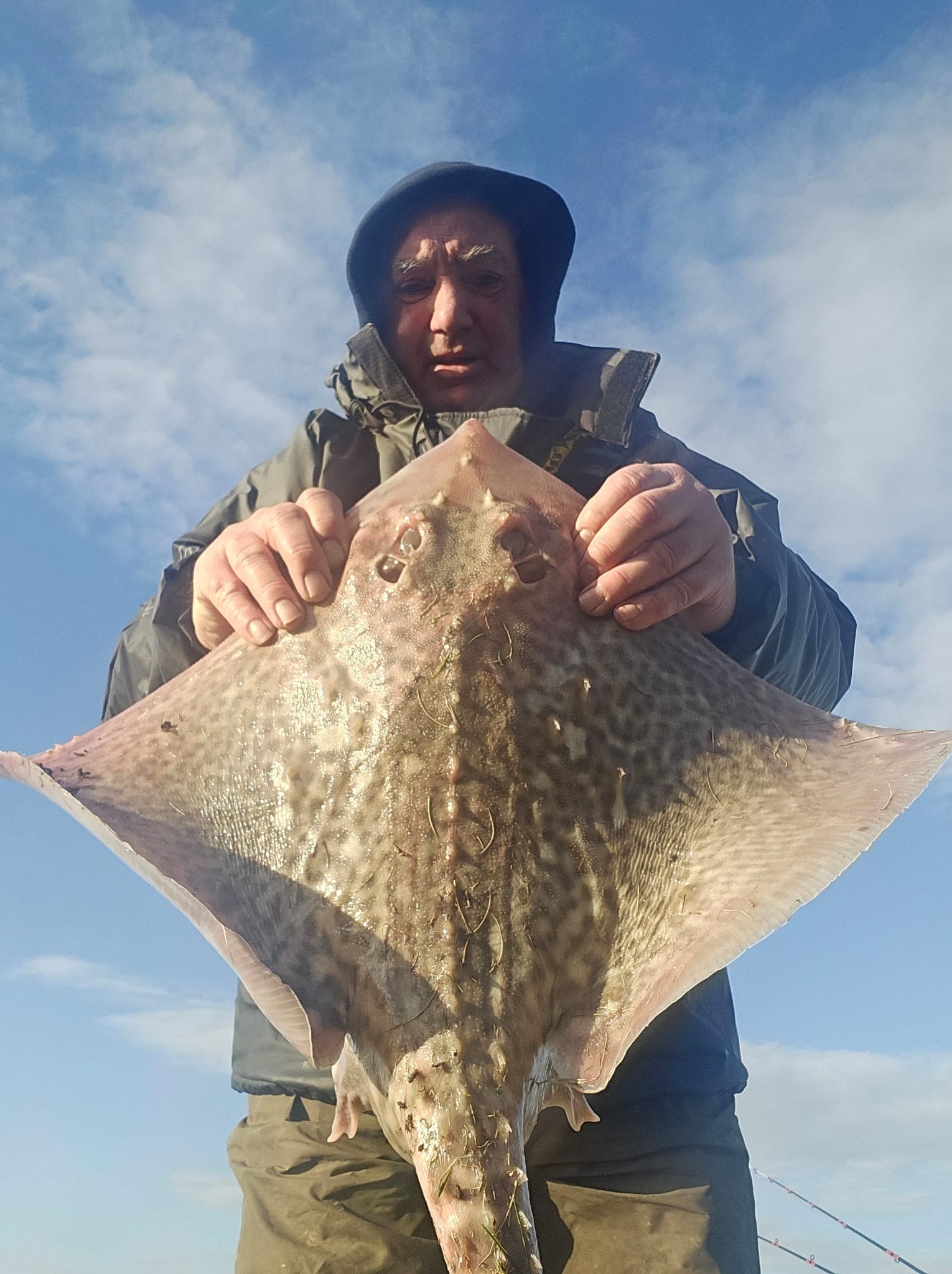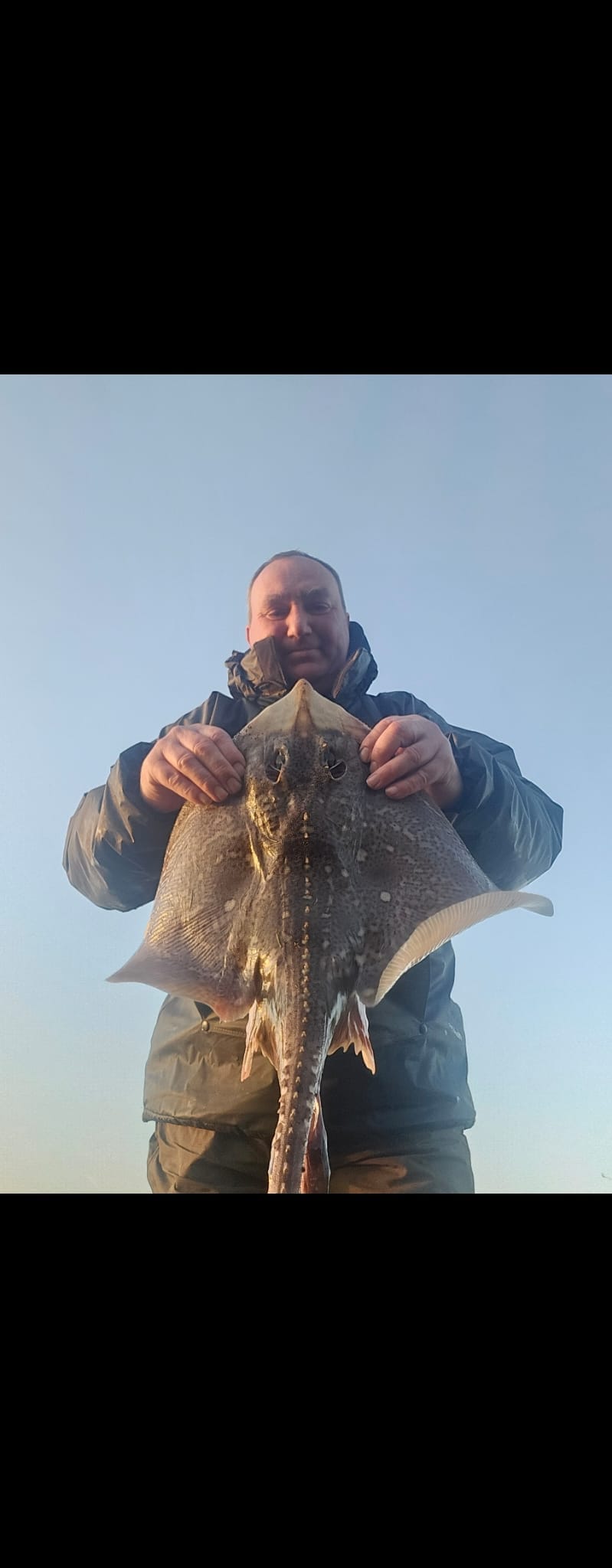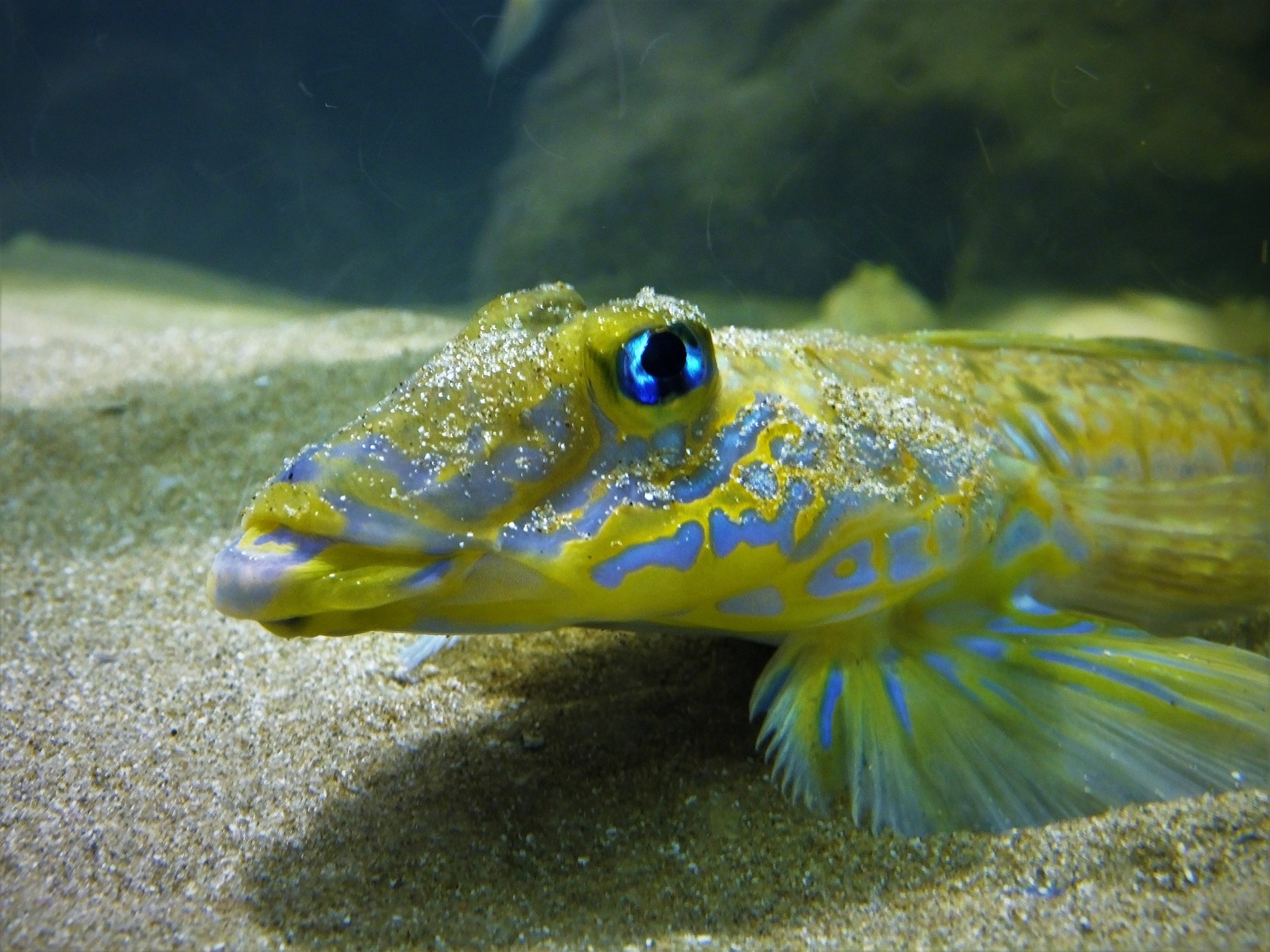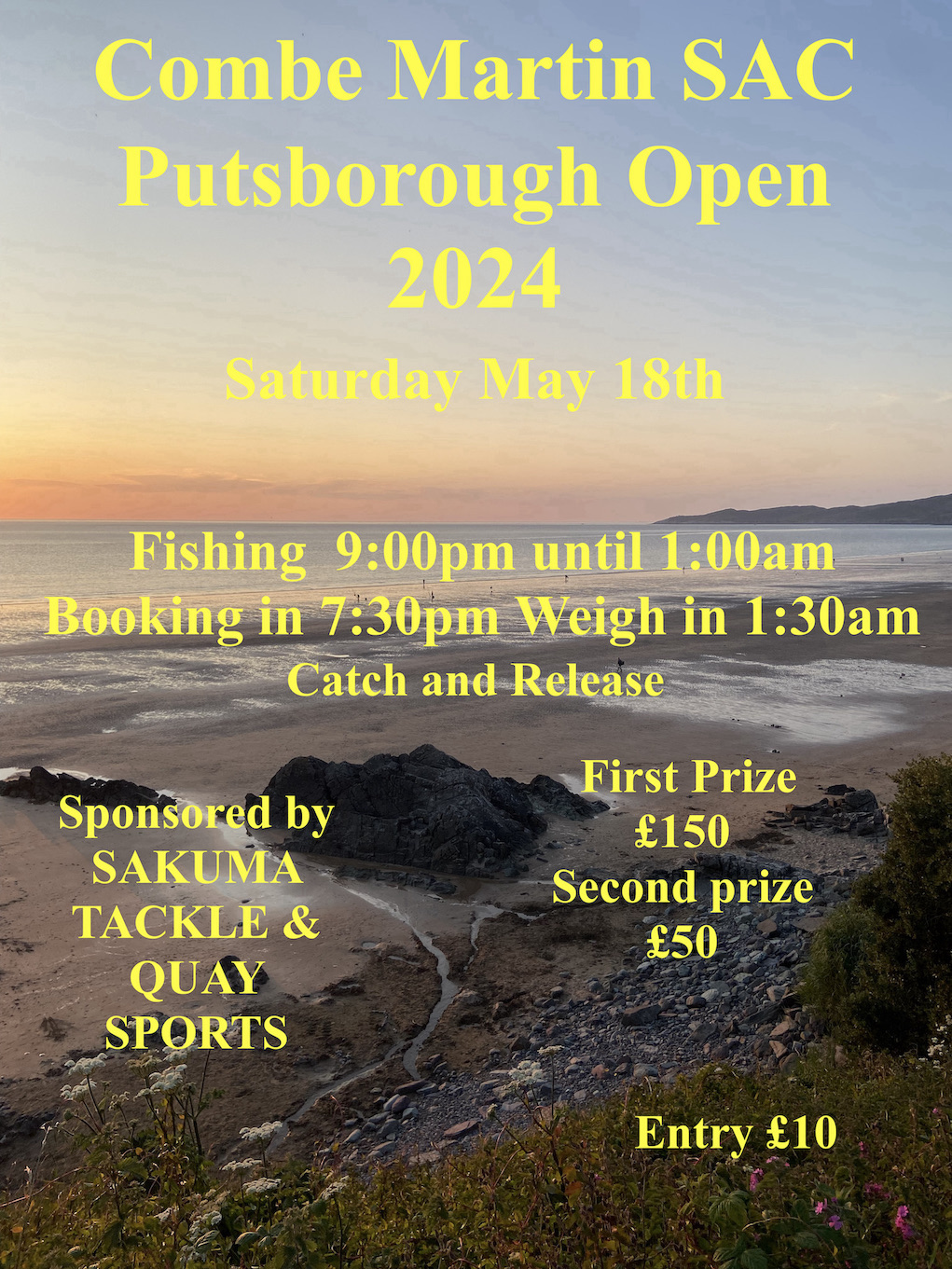
SEA ANGLING RESULTS

Bideford Angling Club – MONTHLY ROVER
1st Andrew Clements Wrasse 4lb 4 1/2oz 95.138%
2nd Stephen Found Wrasse 4lb 2 1/4oz 92.013%
3rd Andrew Clements Wrasse 3lb 9 3/4oz 80.207%
4th Paul Ackland Dog 2lb 4oz 75%
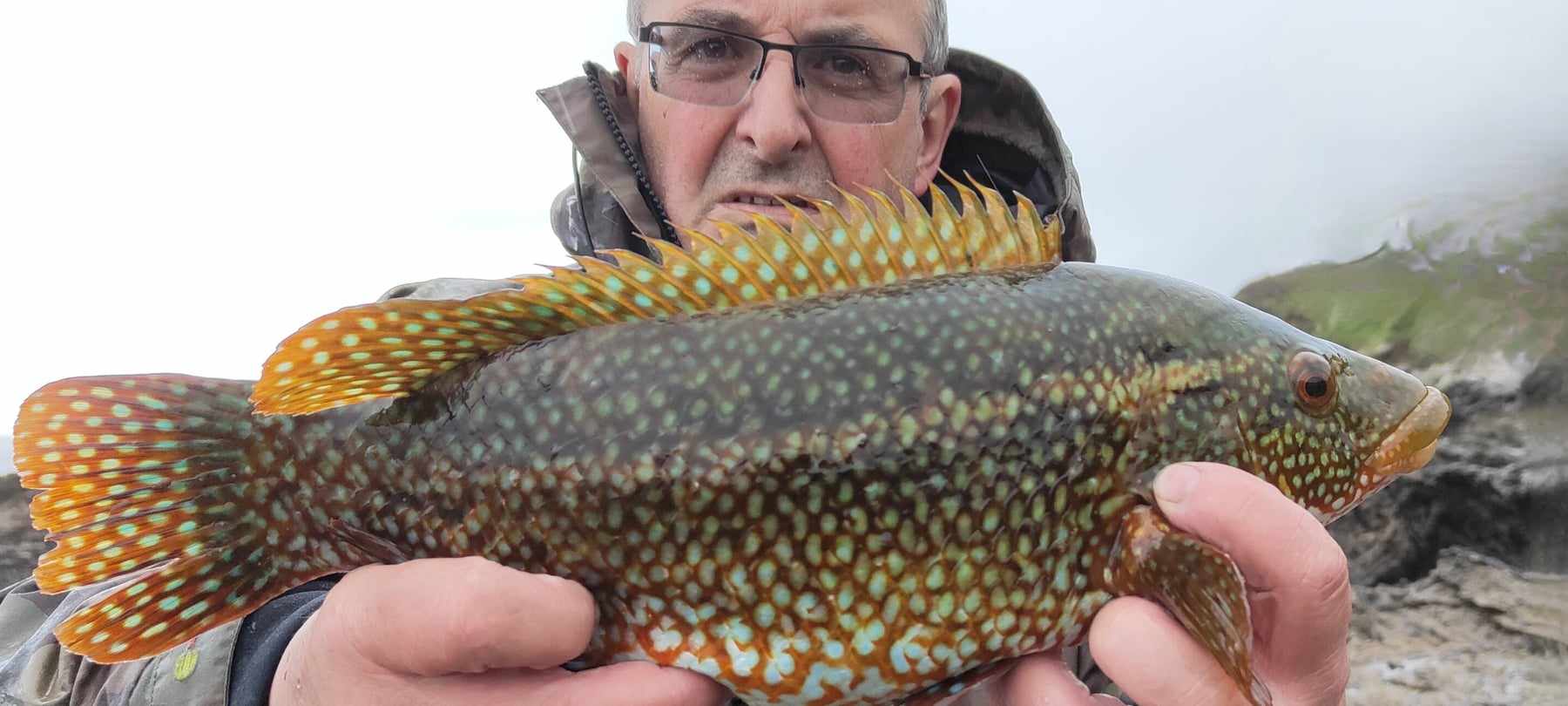
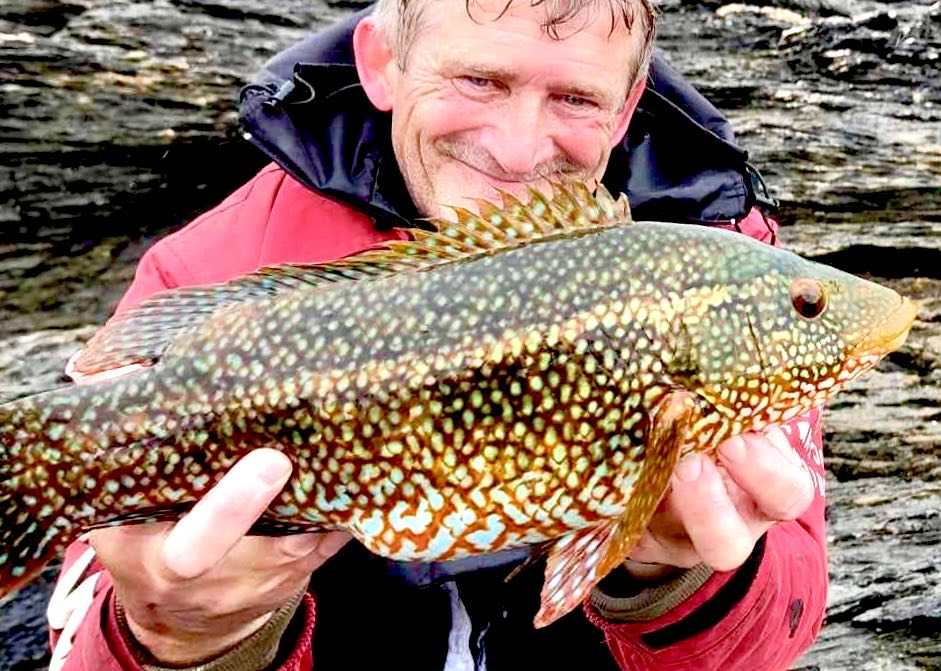
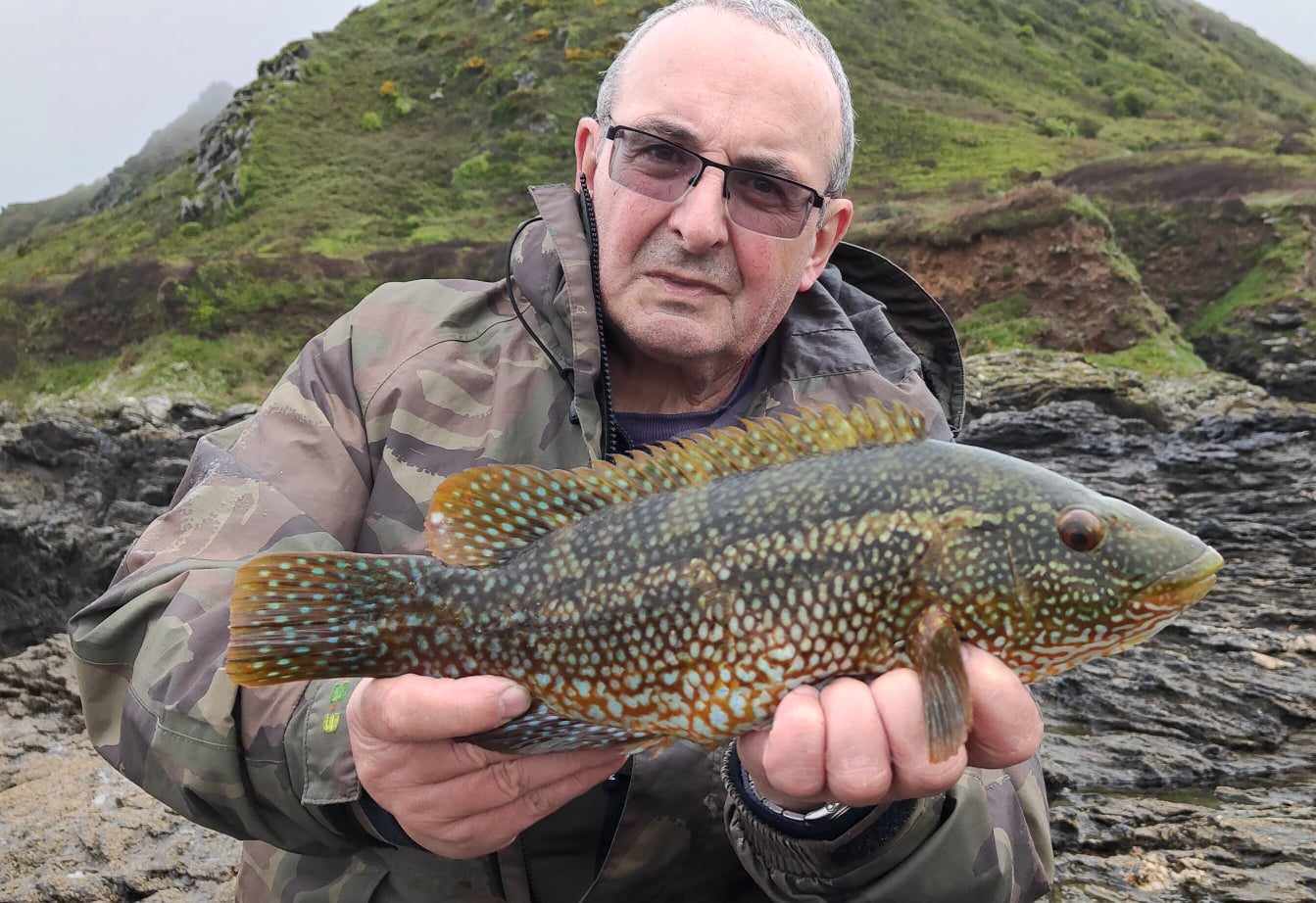
APPLEDORE SHIPBUILDERS MAY ROVER
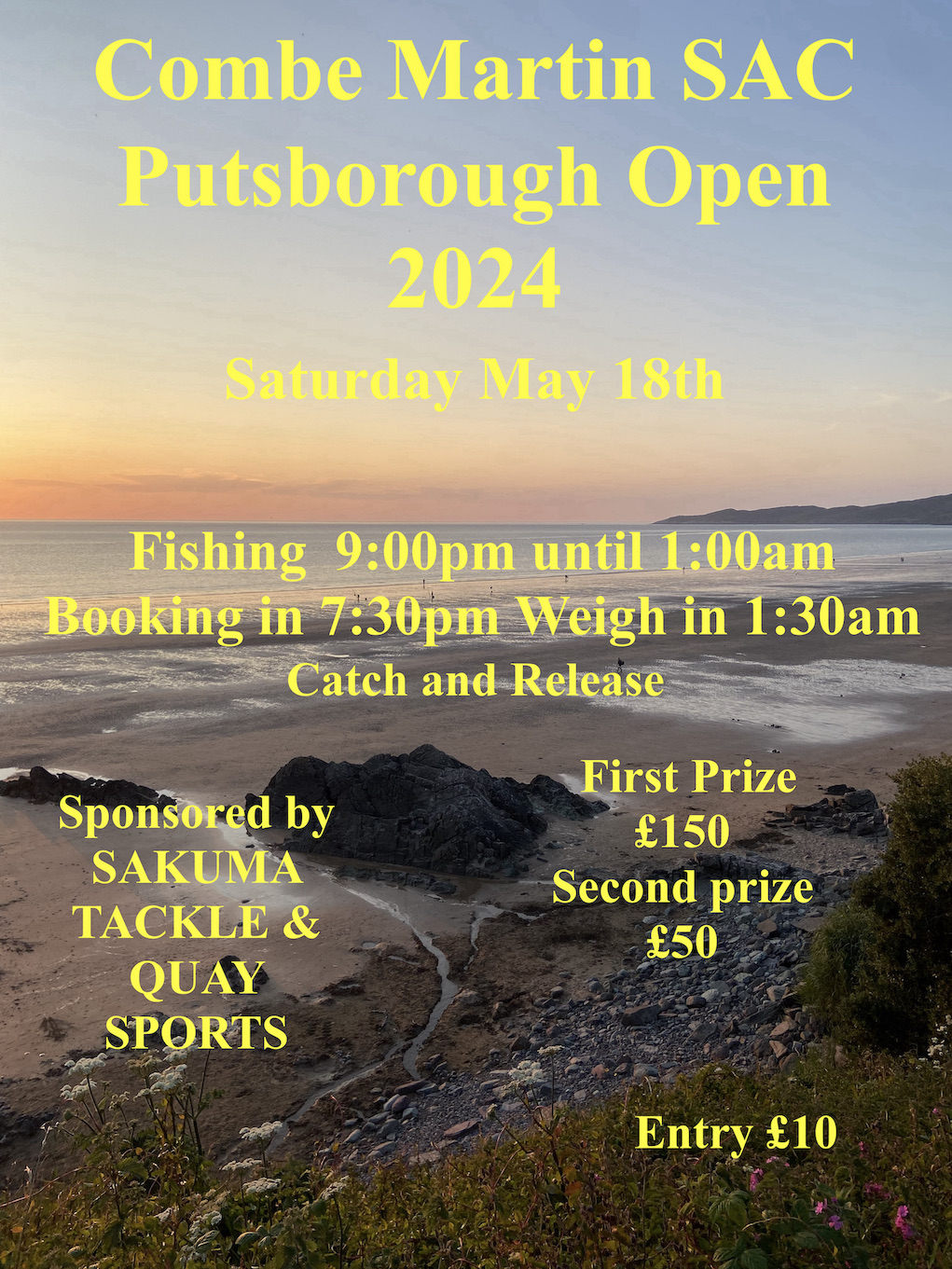
CMSAC POP UP FUN AND SPECIES
Close to a dozen Combe Martin SAC members arrived at Ilfracombe Pier to fish in the club’s latest pop-up fun and species fishing event. They were greeted by a cool and uninviting North East breeze that surprisingly failed to dent the enthusiastic vibe of those taking part.
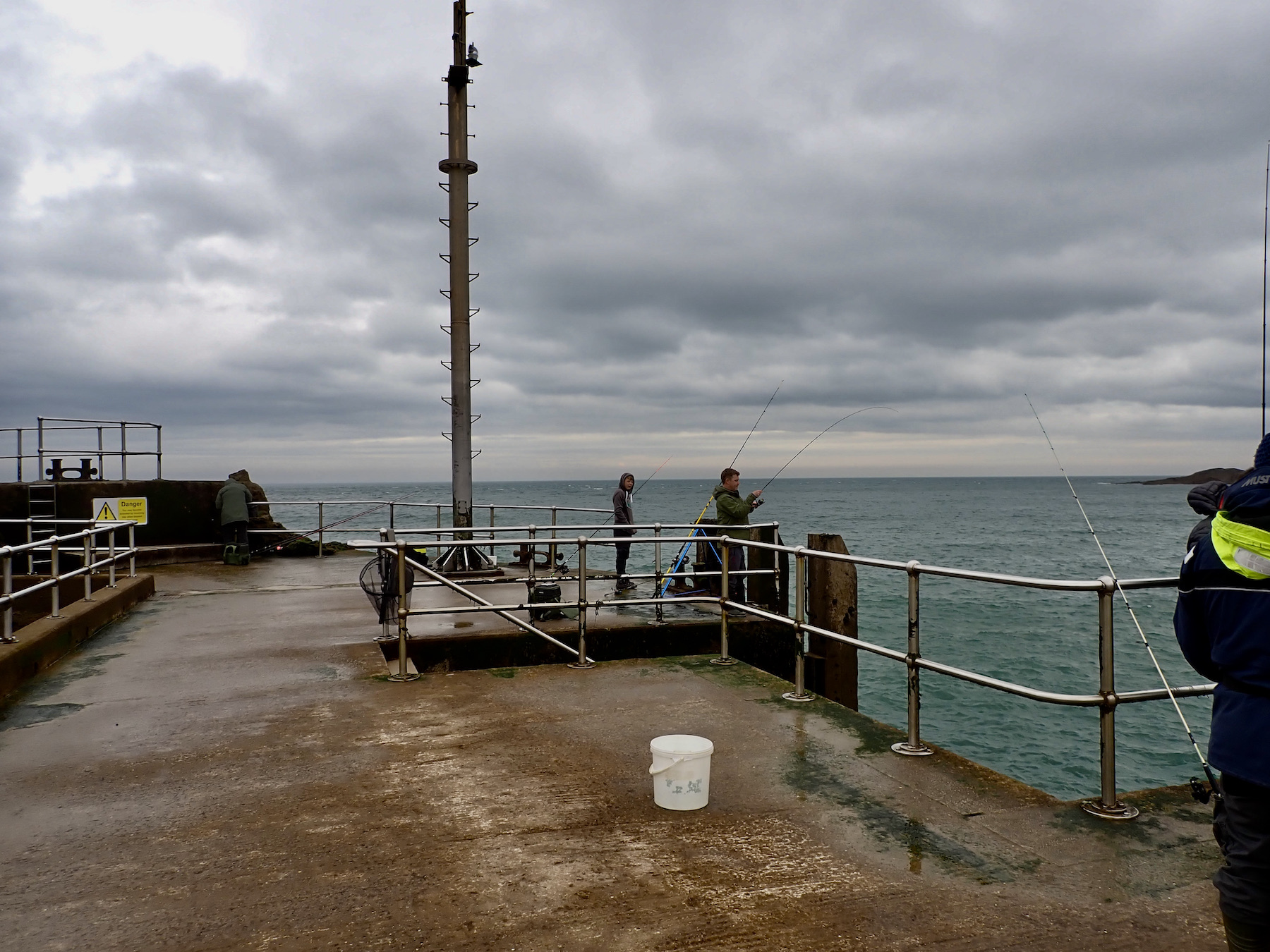
Ilfracombe Aquarium had expressed an interest in species acquisition and had given me a short list of desirables for their tanks. After the first half an hour things were going slowly and when Dan from the aquarium appeared with a bucket I was disappointed that we had nothing to offer other than a small ballan wrasse that they have an abundance of anyway.
As the tide dropped and the wind eased a few fish started to show with plenty of small wrasse. This was very much an LRF type event though there were no purists using lures only.
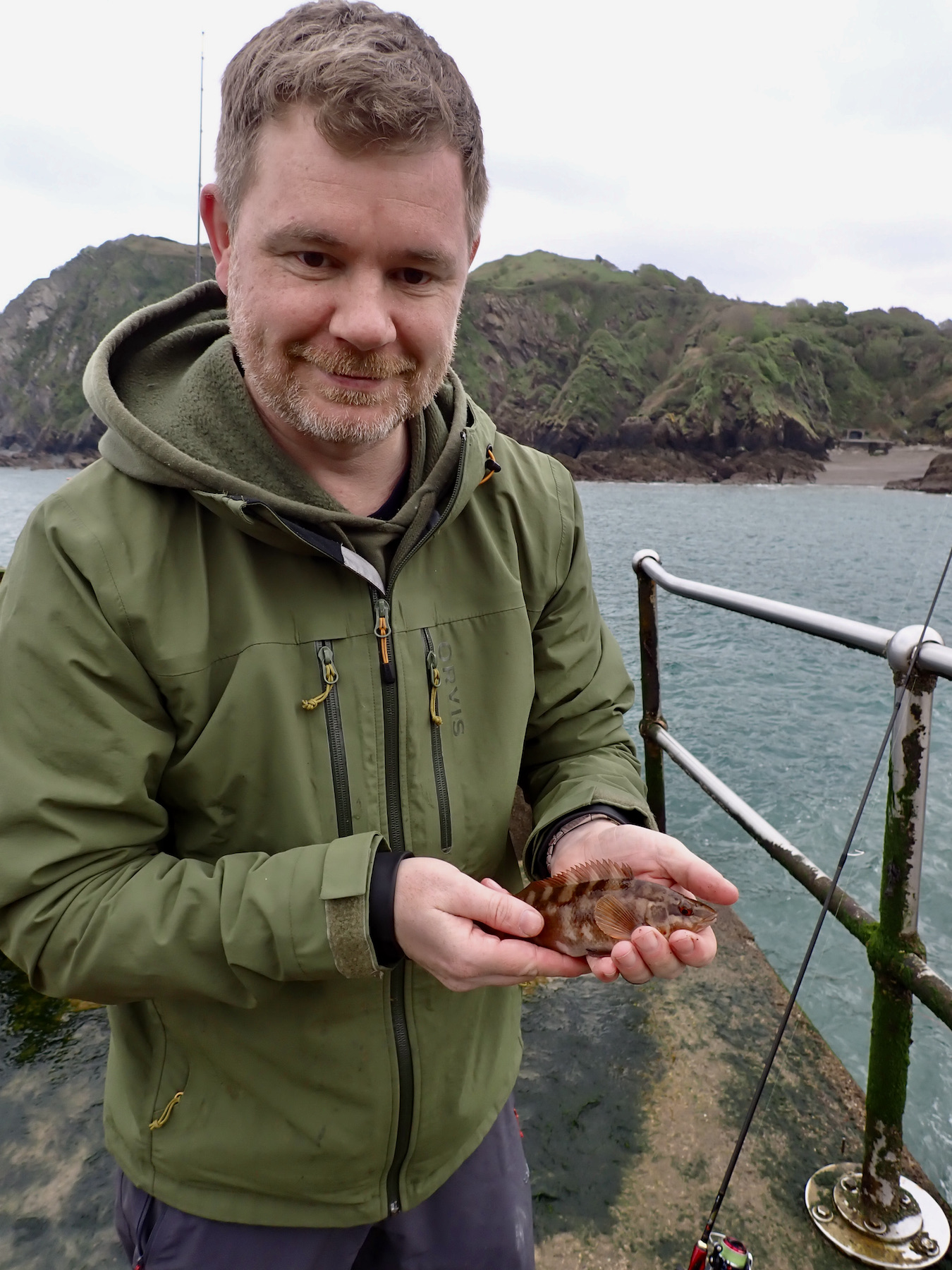
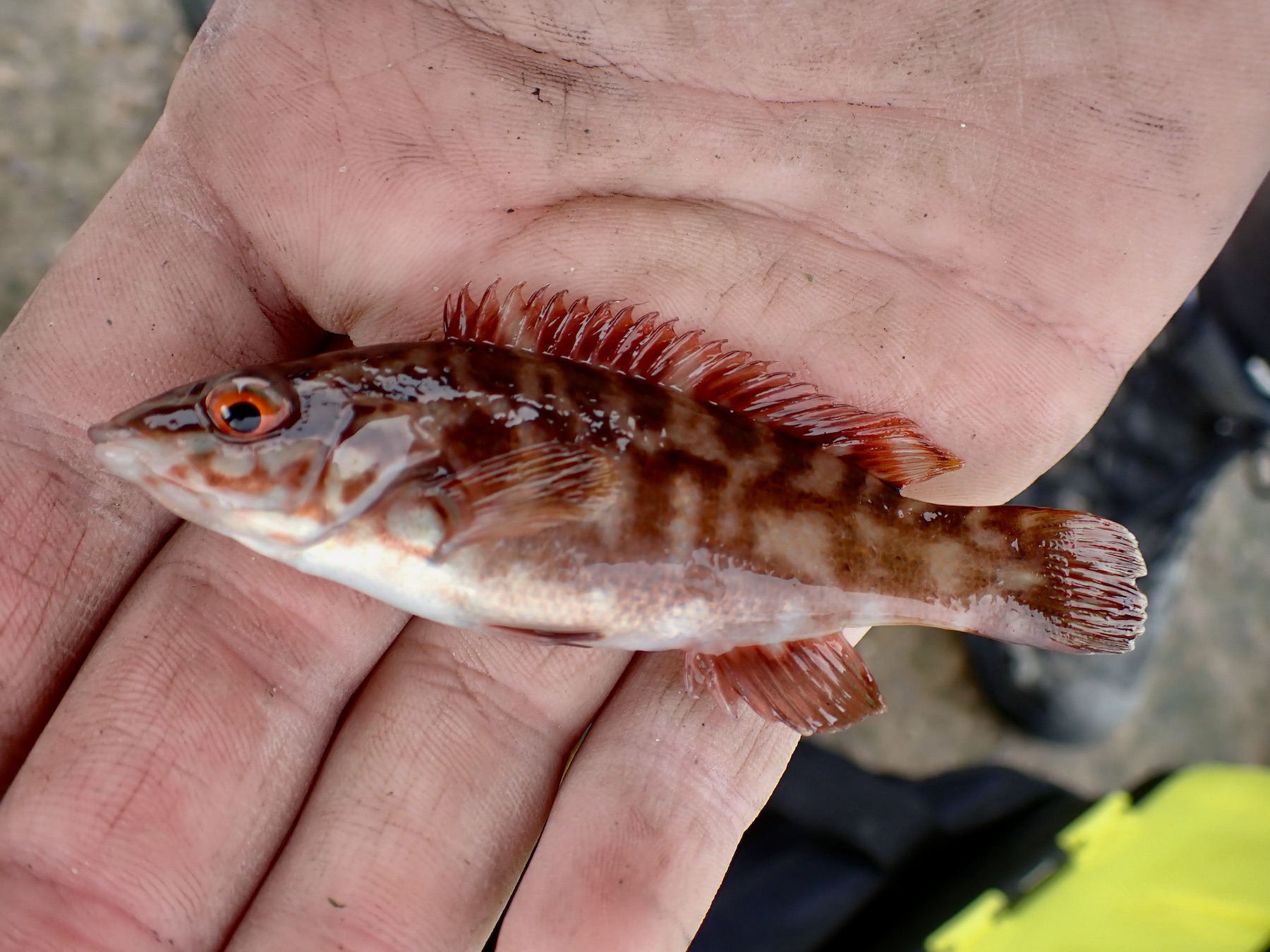
Several members embarked upon exploring the rockpools around the pier whilst Ross Stanway headed for a rocky shoreline and reports came back of a large ballan wrasse he had hooked but lost on lure fishing tactics. Daniel Welch added a rare montagus blenny to his species tally that puts him equal second to Ross Stanway on the leader board for the year so far with 23 species. Toby Basset is top with 27 species.
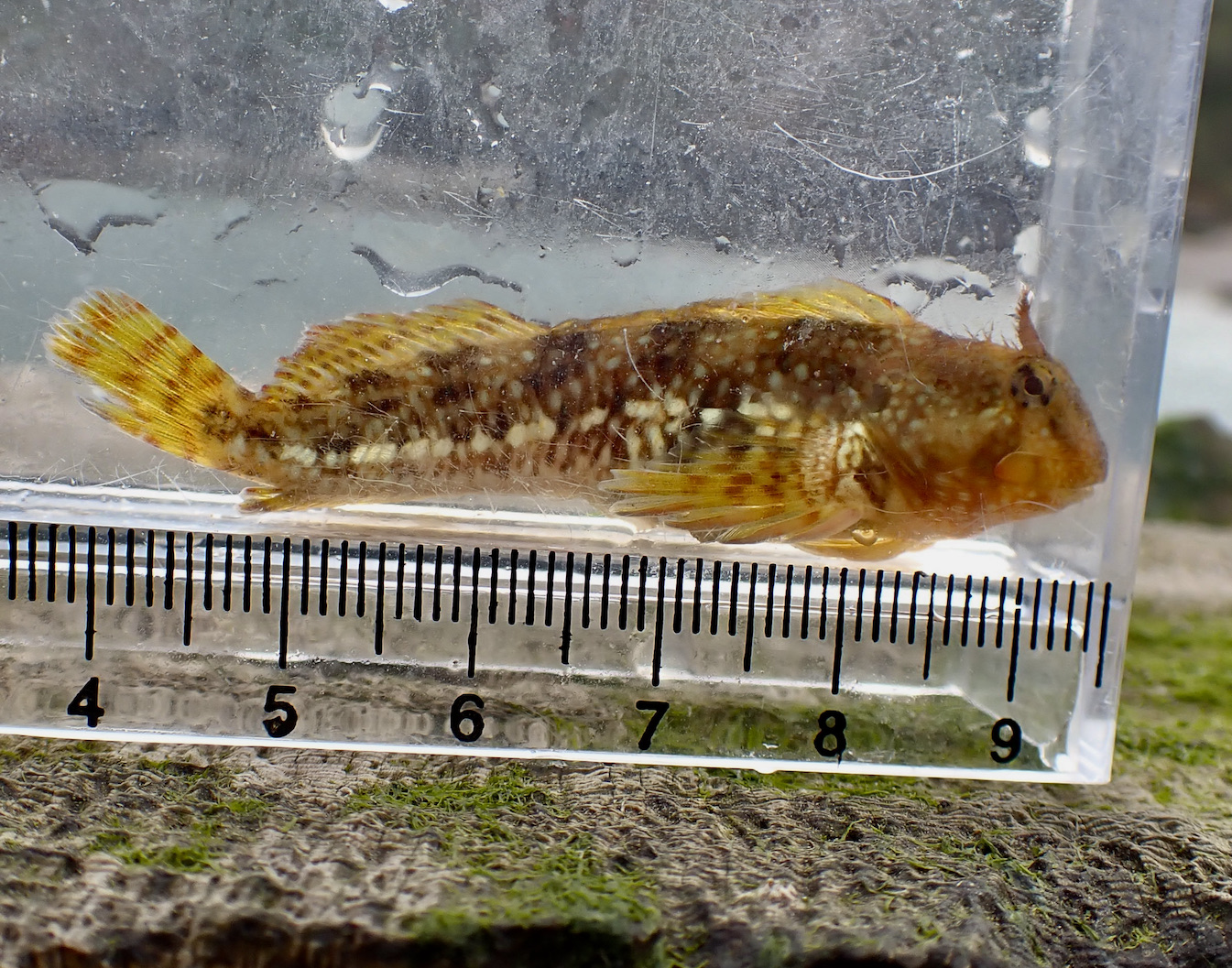
Nick joined me for a chat on the top of the old pier and was rather perplexed when he realised I was actually fishing in the tiny rock pool he was standing beside. I had already extracted a tiny blenny from the pool and was hoping for one of these rare montagus but with a size 14 hook I was probably fishing far too heavy as size 20 hooks are more appropriate.
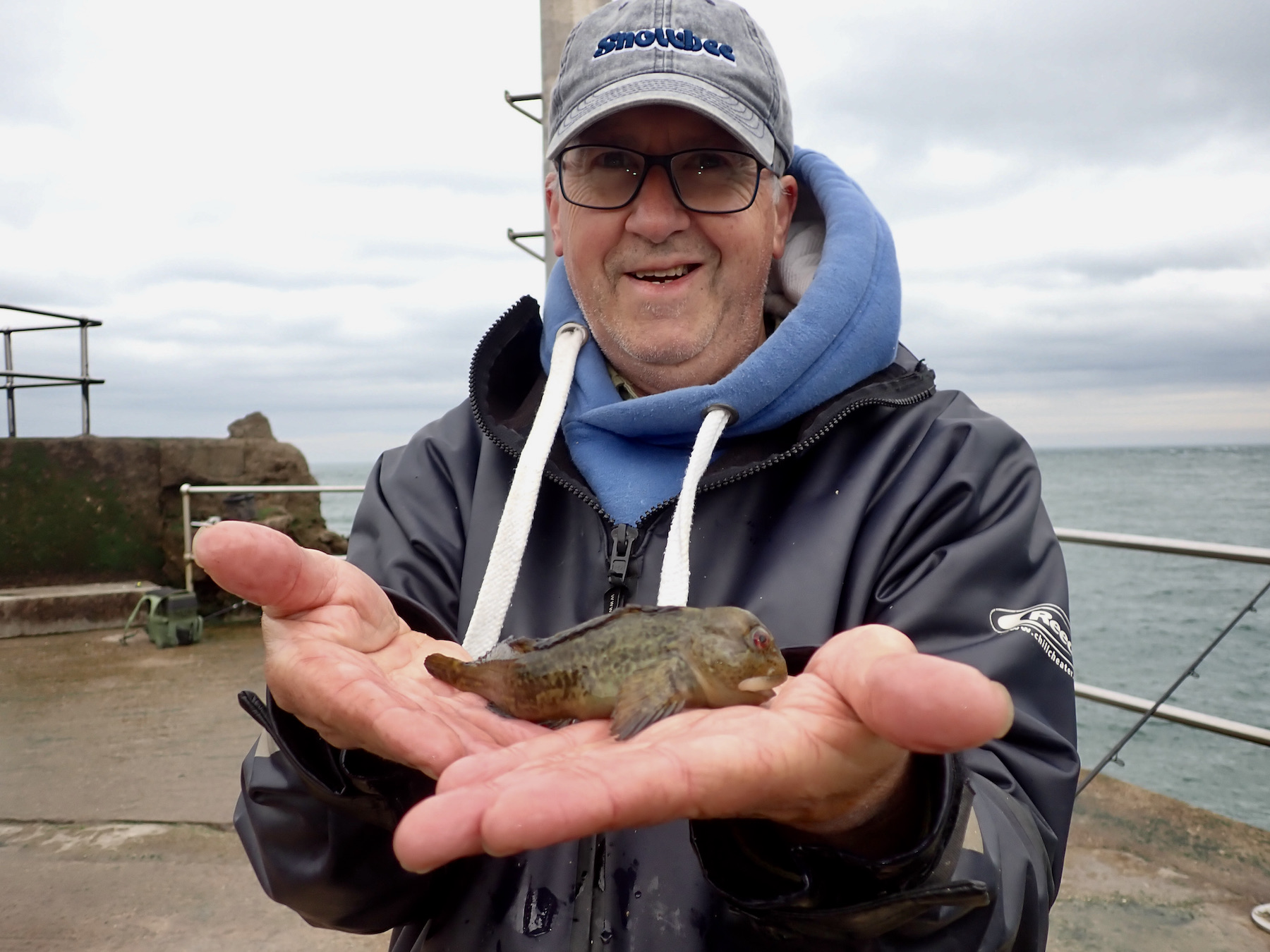
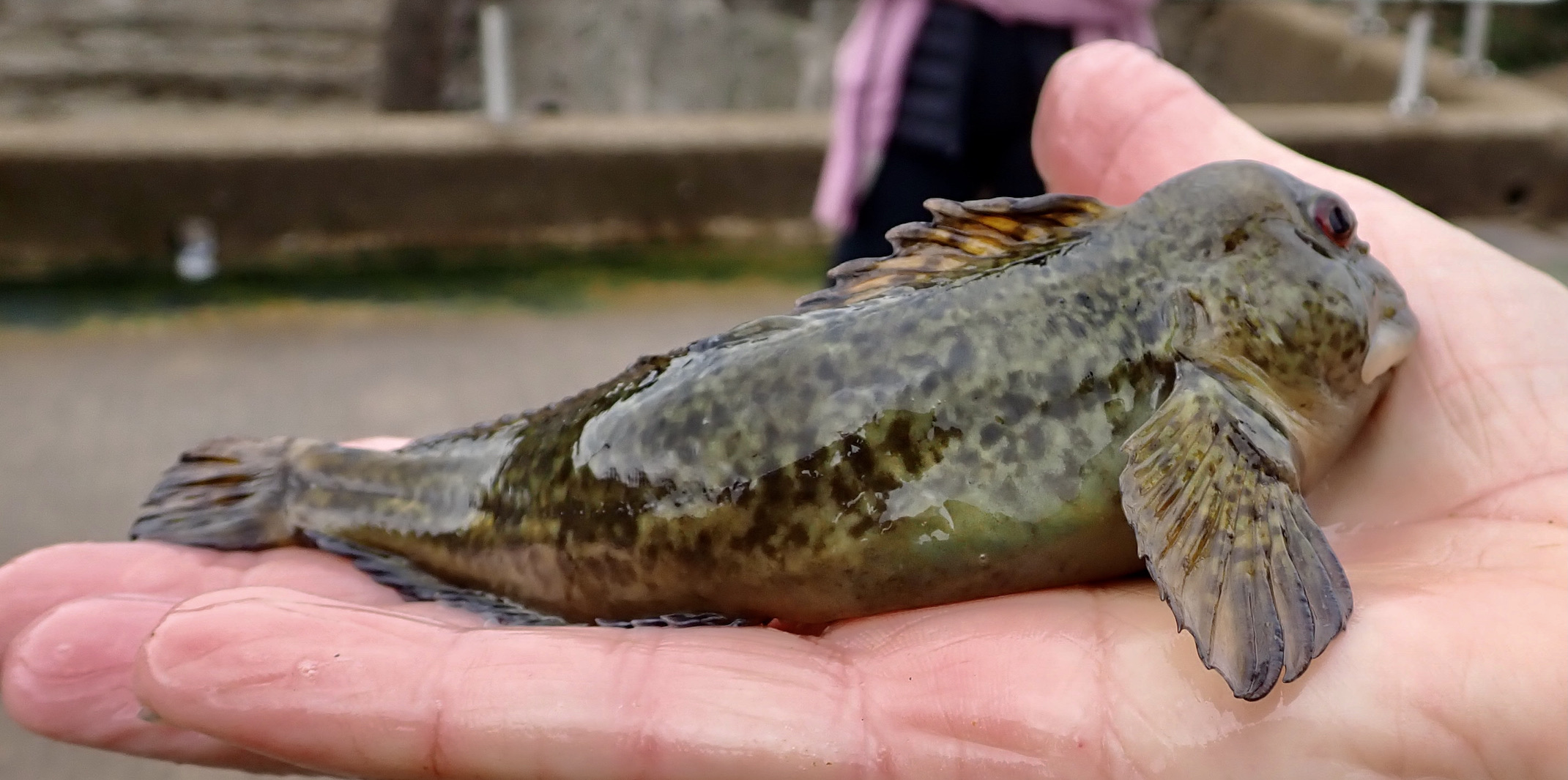
The cool breeze eased off and the sun broke through from time to time. As low water approached the water getting got increasingly murky and fish became harder to find. I caught two small pollock on ragworm which were welcomed by the aquarium.
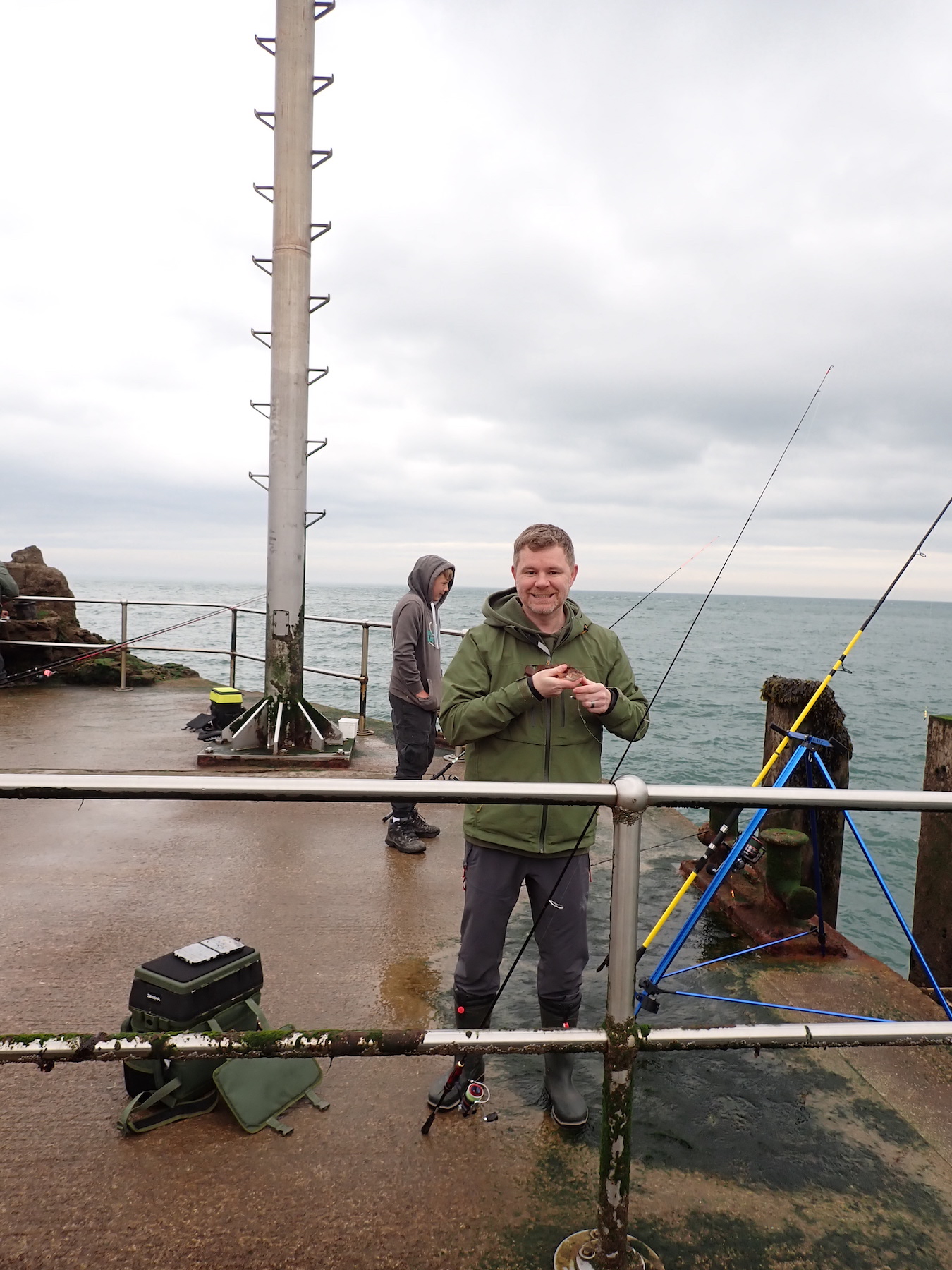
The monthly raffle was drawn out and number 18 young Lenny Lake was the winner, adding to his prize for the longest fish caught during April. The competition for May is once again the best picture. many thanks to High Street Tackle for their kind sponsorship.
The next pop up fish will be on Thursday evening in June as we have decided to alternate between Sunday mornings and Thursday evenings.
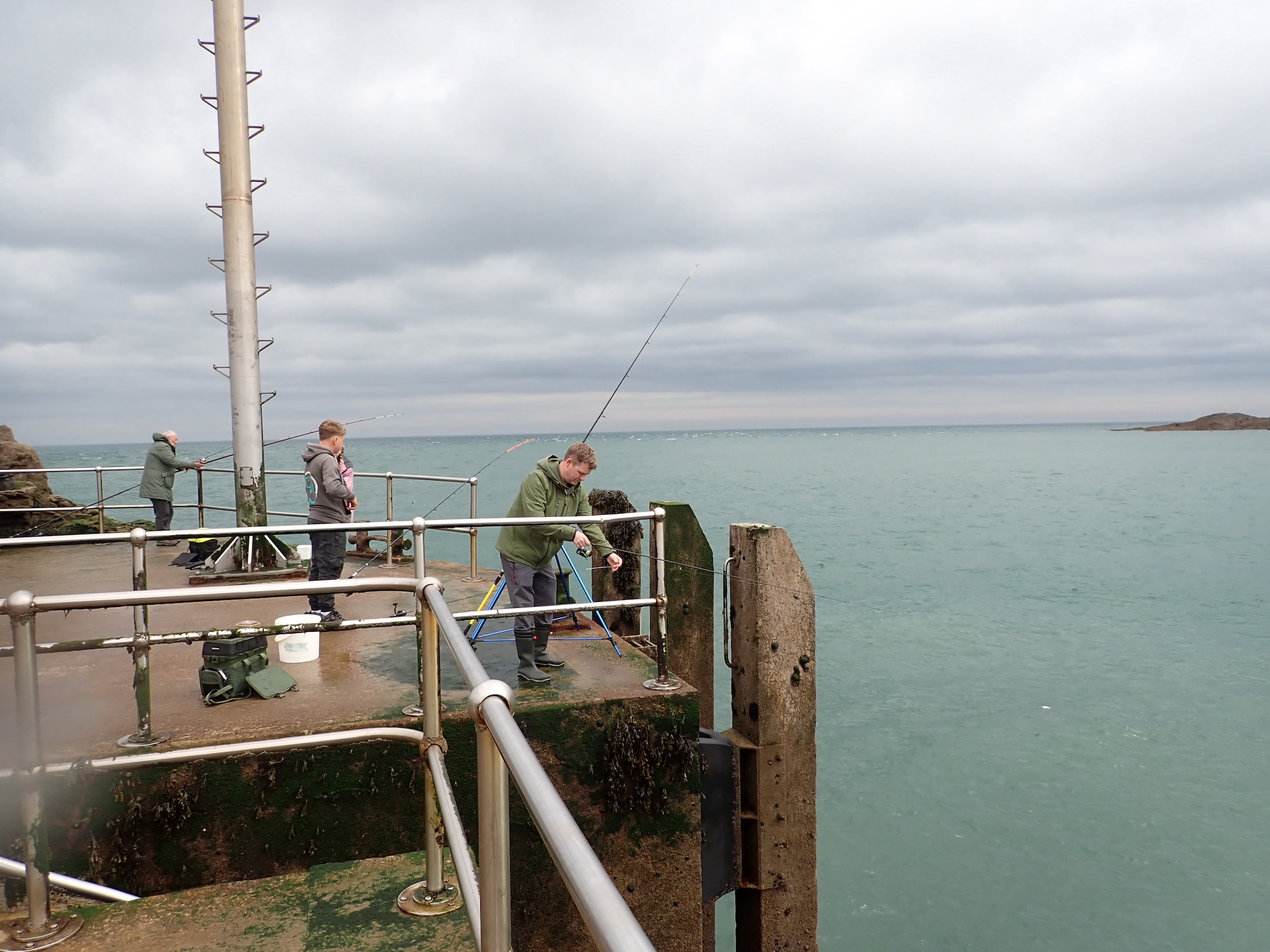
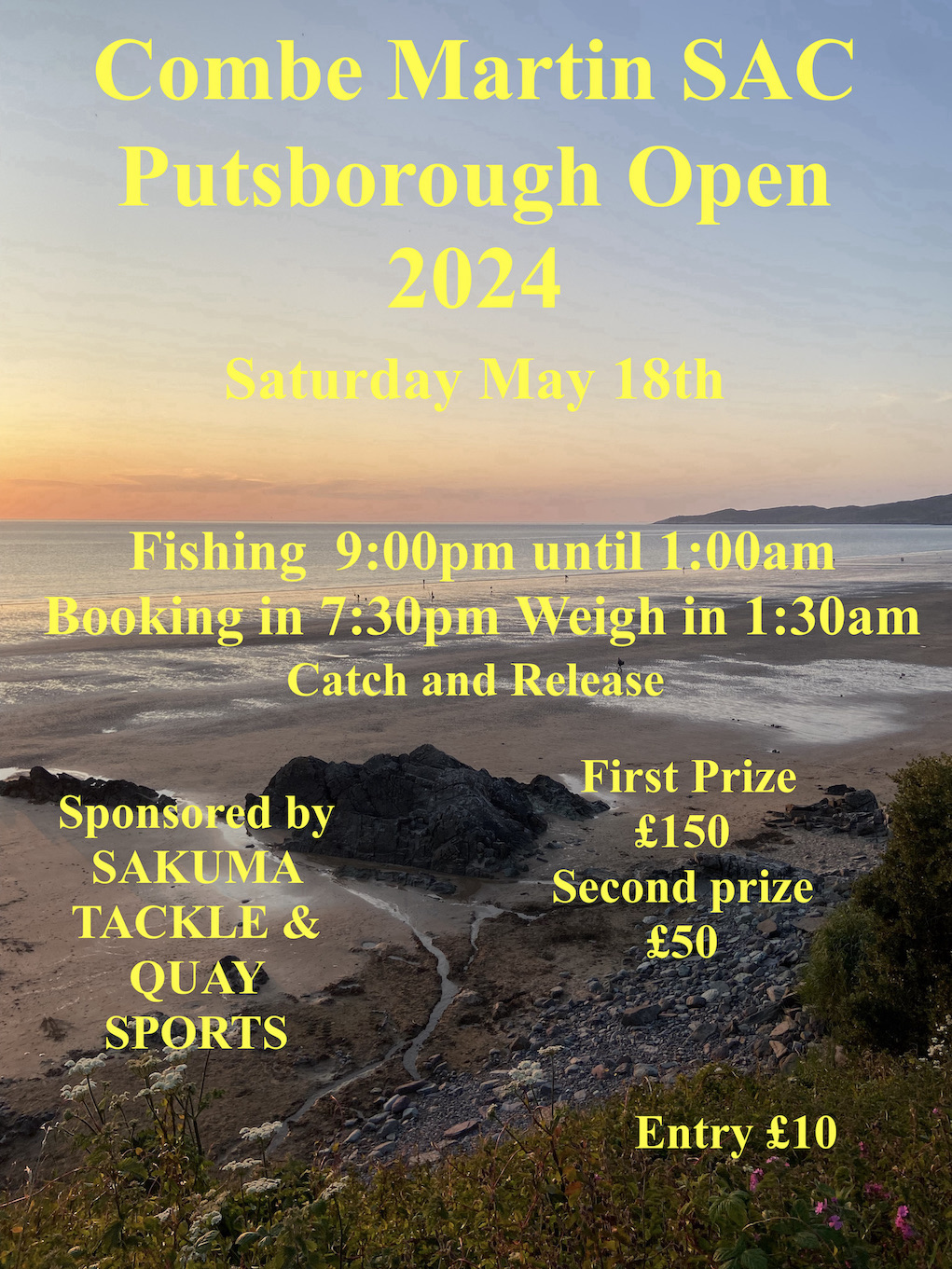
COLOURFUL WRASSE
2024 Bass Lure Season Gets off the mark
URBAN MULLET
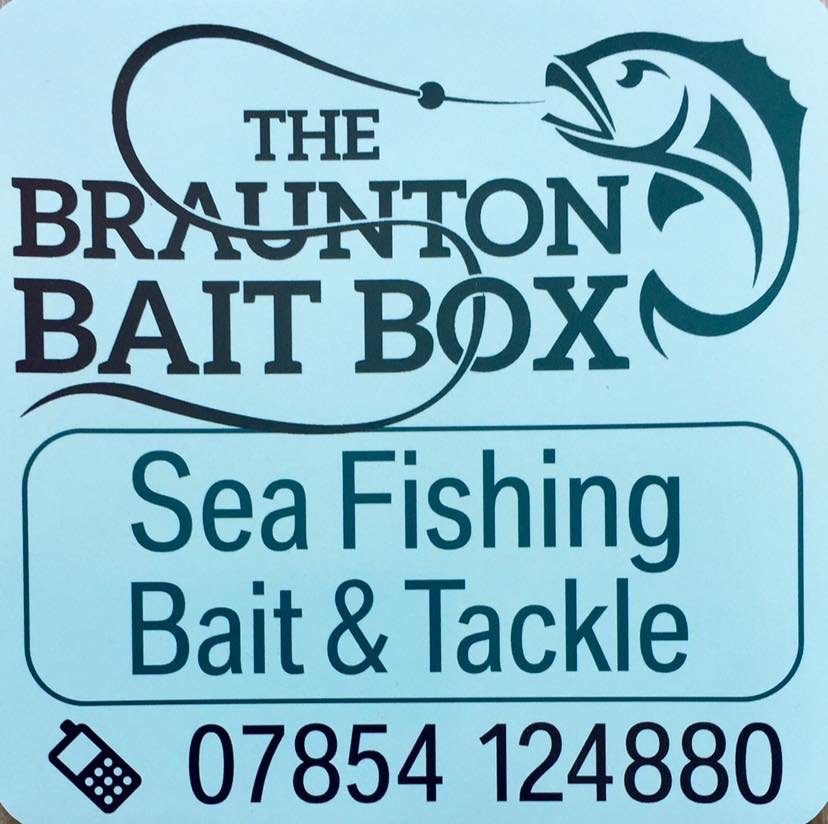
Combe Martin SAC members ventured to Portishead Marina in search of the large mullet that reside within the sheltered waters. The day commenced with heavy rain falling and a bitterly cold North wind that ensured that breakfast the first item on the days agenda.
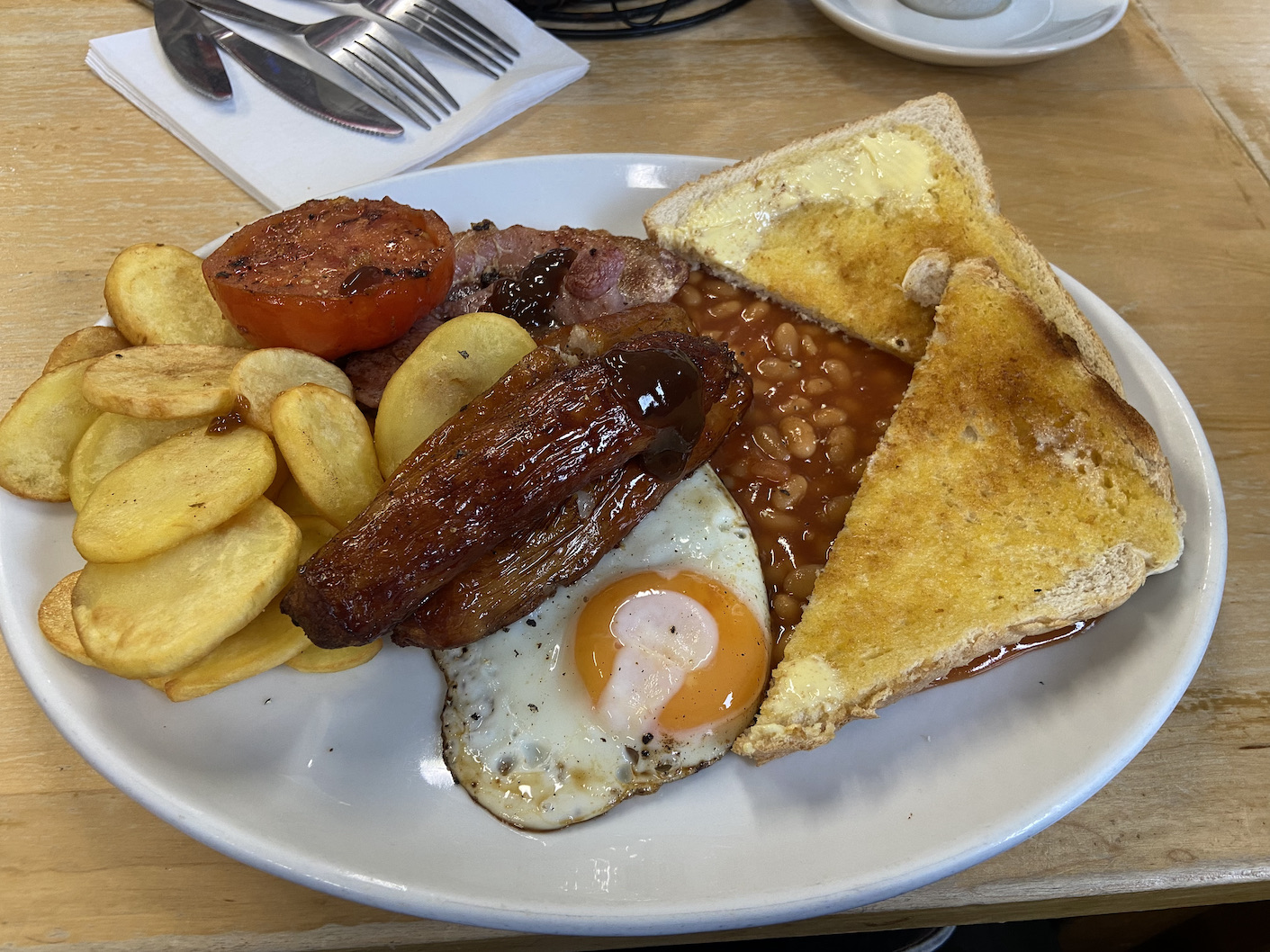
Fortified with full English and hot coffees members explored the confines of the marina. The mullet proved elusive with John Shapland securing the only fish of the day a superb specimen of 4lb 2oz.
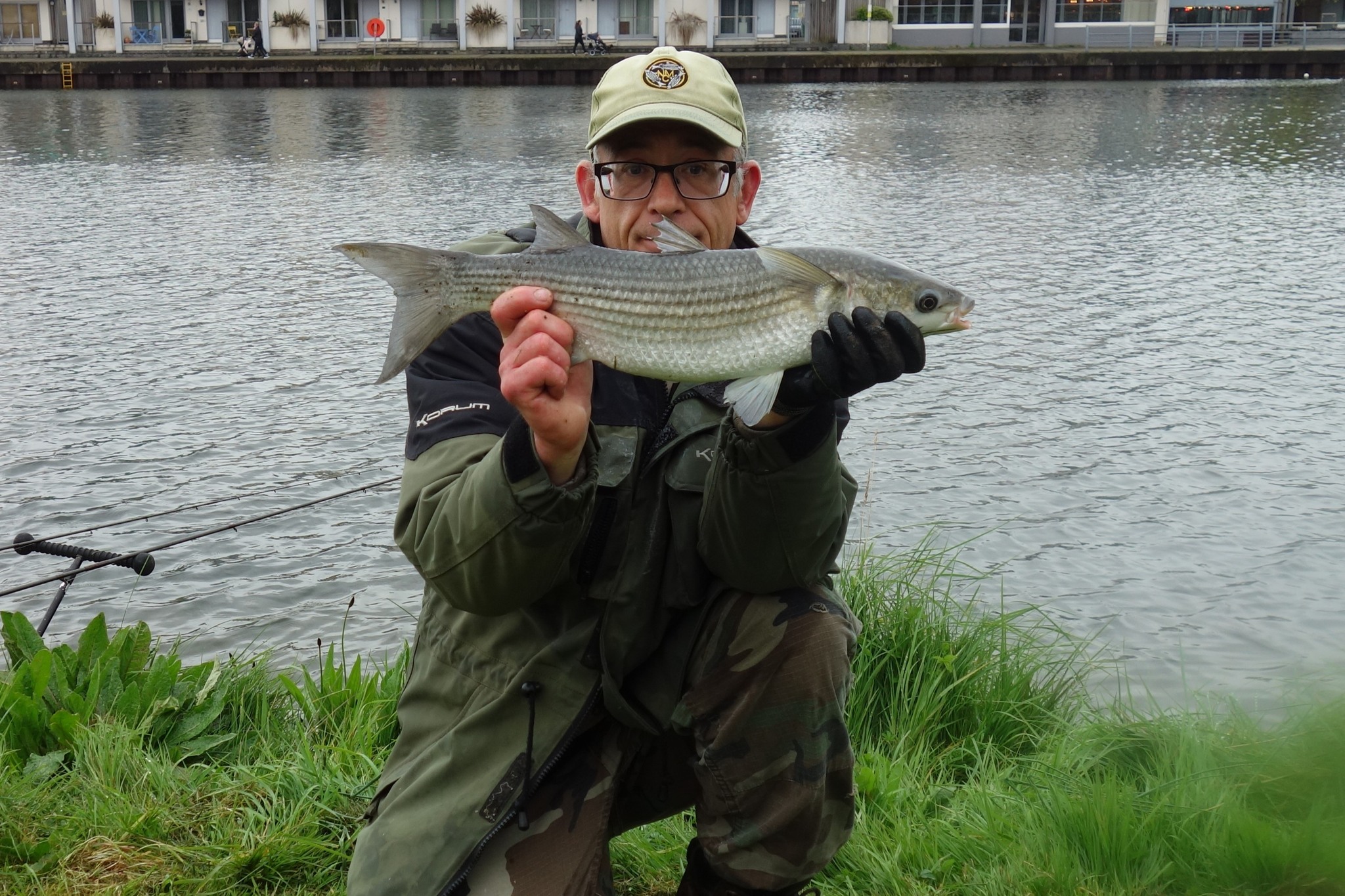
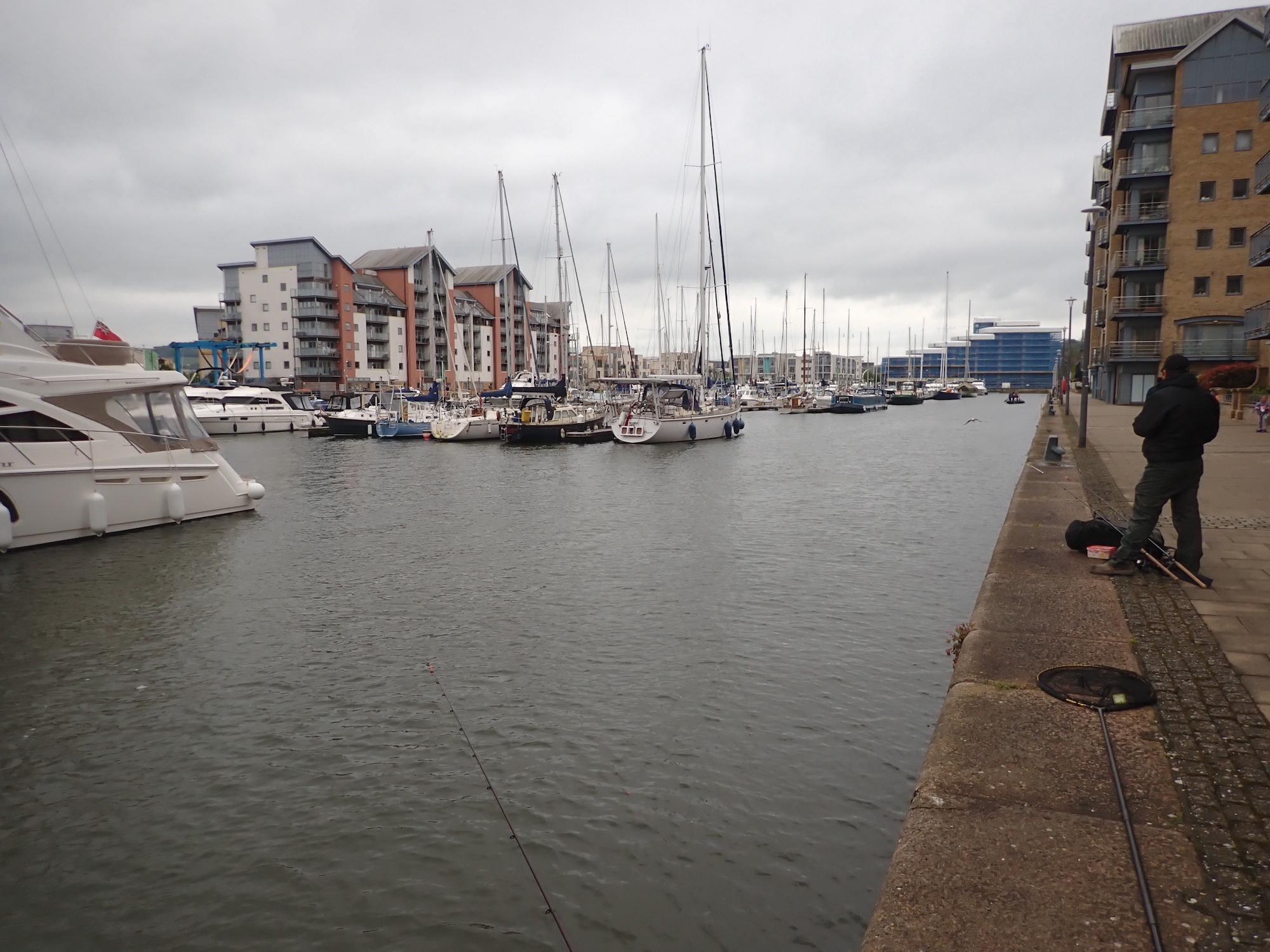
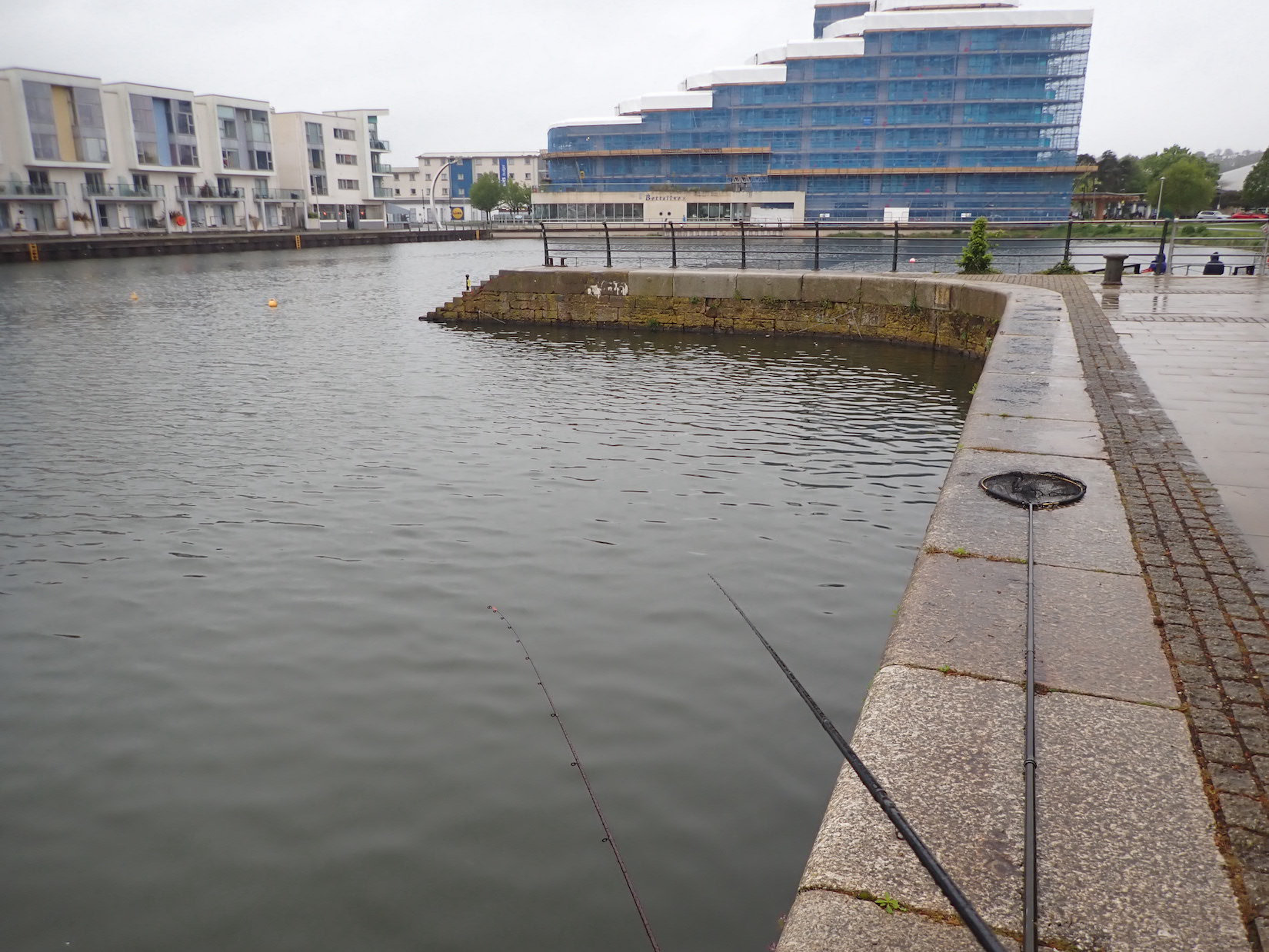
Bidefords & District Angling Club 48 hour Results
Ilfracombe Aquarium
Ilfracombe Aquarium is located on Ilfracombe Pier and offers a fascinating glimpse into the world beneath the waters surface. There are many fish to seen that live within Ilfracombe Harbour and along North Devons coast. There are also insights into local freshwater eco systems and the creatures that live within. An ideal place to visit in conjunction with a fishing trip to Ilfracombe Pier where members of Combe Martin SAC club recorded over thirty species during February and March of 2024.

Ilfracombe Aquarium consists of Local Aquatic Exhibits, Pier Café & Gift Shop. It is a much loved, award winning, and ever evolving, all-weather, family fun, educational attraction. It is located in the Old Lifeboat House on the pier. Conveniently located, it is surrounded by Ilfracombe’s picturesque & historic harbour which is home to Damien Hirst’s Verity sculpture and 14th century St. Nicholas’ Chapel. Ilfracombe town is located on the dramatic and spectacular North Devon coast. It is 20 mins. drive from Barnstaple, 10 mins. from Woolacombe. It is set within the North Devon Area of Outstanding Natural Beauty (AONB).
Ilfracombe Aquarium
REEL DEAL 2024
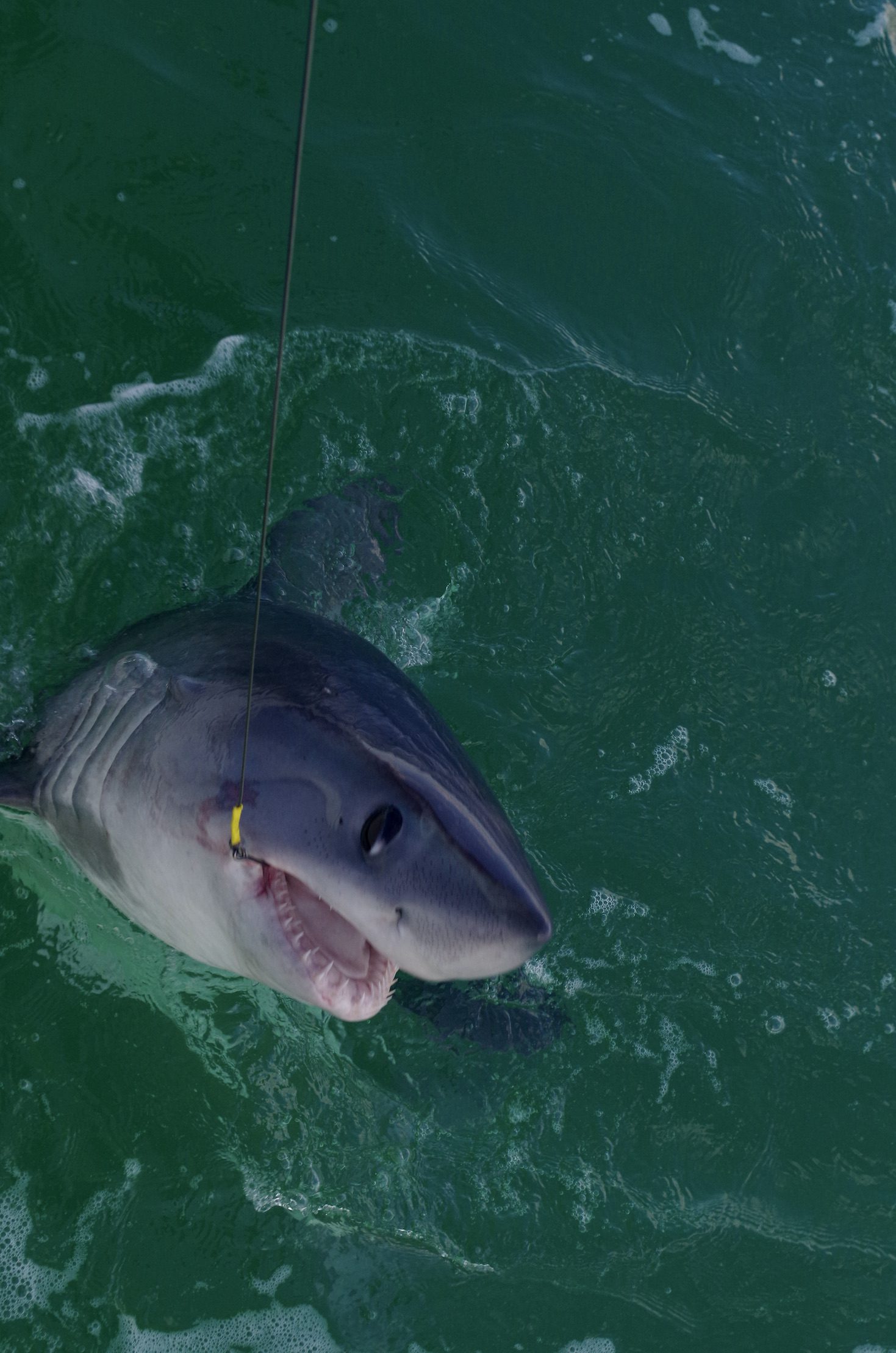
Happy Season everyone hope your all having a nice day. Sorry we have been quite of late but we have had lots going on with sorting out bits and pieces with boats and where we are going moving forward.Also battling this constant crap weather we are having. We haven’t been getting out a lot at all so far we haven’t been able to get to the sharks this season 🥲🥲 but we have done a couple of channel trips on the spurs and Huss. Now with the season changing and the summer species coming in it should start to hot up just need the weather to sort its self out so we can get out. Couple of new things this season we have been working on are as follows : 6 hour bass lure trips based around the perfect state of tide to get on the marks that produced some great sport last season available online asap. Also a slight change to our summer Sharking it’s now going to be summer big game fishing, if it’s booked as a shark trip that’s what we will be doing but if we happen to get surrounded by the BFT’S like last season we can switch up and go and have some fun on them and we’re also able to use new methods this season to exciting stuff and can’t wait to try these out then once the weather puts pay to our season down west we are going to go back to our roots and fish up channel this will be on the nice Time tides for the all day trips and when we have the neaps a lot more 4 hour trips I’ll get on the times and dates for booking as soon as I can. I have decided to take a step away from the summer tourist season and do all day trips through out august again I need to put these online but keep your eyes peeled as July and September are 99% booked out apart from a couple of dates so once I put them on I am sure there going to go quick. That’s enough from me with the update and I look for to seeing you all soon and getting stuck In to some serious rod bending pain locker fishing cheers Dan






